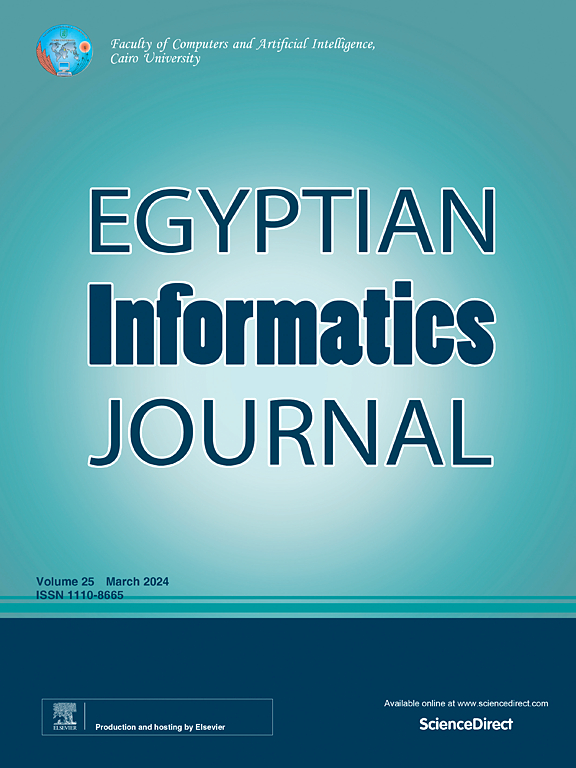基于改进莲花算法优化的MnasNet/LSTM的软件故障预测优化
IF 5
3区 计算机科学
Q1 COMPUTER SCIENCE, ARTIFICIAL INTELLIGENCE
引用次数: 0
摘要
软件质量和可靠性是软件生产领域中非常重要的问题。软件错误与缺陷检测技术是防止软件故障的软件系统可靠性领域的重要研究方向之一。因此,提高缺陷预测模型的性能,以便准确地预测缺陷,对模型的改进和有效性具有重要意义。本文尝试提出一种基于深度学习和元启发式模型的混合高效分类模型,用于软件缺陷预测。建议的模型的基础是利用MnasNet(用于提取AST令牌的语义)和LSTM(用于保留关键特性)的组合。利用改进后的莲花算法(Lotus Flower Algorithm, ILFA),利用元启发式算法的优化能力和网络的学习能力,得到合适的系数和可接受的结果。为了评价该模型的结果,将该模型应用于实际数据集,并与几种不同方法的结果进行了比较。新的组合模型在Xerces项目中表现最好,准确率达到93%,远远好于其他模型。它在不同的项目中也表现良好,在清理数据和解决班级规模不均匀的问题后,准确率提高了3.3%到7.9%。结果表明,该模型能达到最高的效率值。本文章由计算机程序翻译,如有差异,请以英文原文为准。
Optimizing fault prediction in software based on MnasNet/LSTM optimized by an improved lotus flower algorithm
Software quality and reliability are very important problems in the field of software production. Software error and defect detection technology is one of the most important research goals in the field of software system reliability that prevents software failure. Therefore, the performance of the defect prediction model in order to accurately predict defects is important in improving and effectiveness of models. In this paper, an attempt has been made to present a hybrid and efficient classification model based on deep learning and metaheuristic models for predicting defects of software. The basis of the suggested model is utilizing a combination of MnasNet (for extracting the semantics of AST tokens) and LSTM (for keeping the key features). It has been improved with the help of an improved variant of Lotus Flower Algorithm (ILFA) so that appropriate coefficients and acceptable results can be produced with the optimization power of metaheuristic algorithms and the learning power of the network. For evaluating the results of the suggested model, the model is applied to a practical dataset and the results are compared with some different methods. The new combined model worked best for the Xerces project, reaching 93% accuracy, which was much better than other models. It also performed well on different projects, improving accuracy by 3.3% to 7.9% after cleaning the data and fixing the issue of uneven class sizes. The results indicate that the proposed model can achieve the highest values of efficiency.
求助全文
通过发布文献求助,成功后即可免费获取论文全文。
去求助
来源期刊

Egyptian Informatics Journal
Decision Sciences-Management Science and Operations Research
CiteScore
11.10
自引率
1.90%
发文量
59
审稿时长
110 days
期刊介绍:
The Egyptian Informatics Journal is published by the Faculty of Computers and Artificial Intelligence, Cairo University. This Journal provides a forum for the state-of-the-art research and development in the fields of computing, including computer sciences, information technologies, information systems, operations research and decision support. Innovative and not-previously-published work in subjects covered by the Journal is encouraged to be submitted, whether from academic, research or commercial sources.
 求助内容:
求助内容: 应助结果提醒方式:
应助结果提醒方式:


